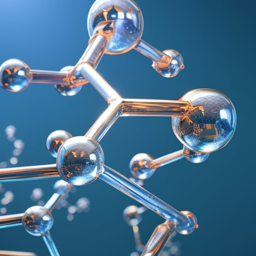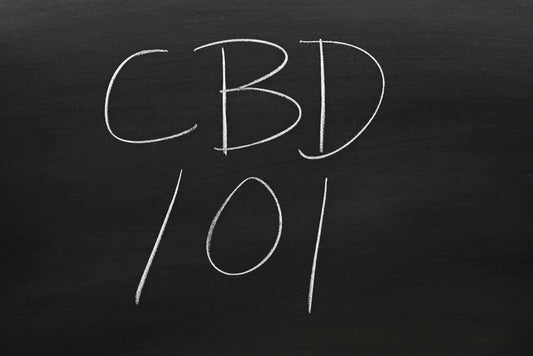All about CBG

What is CBG?
CBG, or cannabigerol, is a minor cannabinoid found in the cannabis plant. Like CBD, it is non-psychoactive and has been found to have a variety of potential therapeutic benefits. Higher CBG-potent strains of hemp are those that have been selectively bred to contain higher levels of CBG than typical hemp strains.
How does CBG work?
CBG, like other cannabinoids, is thought to work with the endocannabinoid system (ECS) by binding to its receptors. The ECS is composed of two main receptors, CB1 and CB2, and a number of endocannabinoids (compounds produced by the body) that bind to these receptors. CB1 receptors are primarily found in the brain and central nervous system, while CB2 receptors are found primarily in immune cells and the peripheral nervous system. CBG is believed to have a higher affinity for CB2 receptors than for CB1 receptors, although it has also been shown to bind to CB1 receptors as well. By binding to these receptors, CBG is thought to modulate the activity of neurotransmitters and other signaling molecules, leading to a cascade of effects on the body's systems.
How is it Extracted?

CBG is typically extracted from the cannabis plant using methods such as CO2 extraction or solvent extraction. These methods involve using pressurized carbon dioxide or chemicals such as ethanol to separate the CBG from the other compounds in the plant.
What are the benefits?
Some potential benefits of CBG include pain relief, anti-inflammatory effects, and the ability to reduce anxiety and depression. CBG may also have neuroprotective properties and may be useful in treating conditions such as glaucoma.
Some of the potential therapeutic benefits of CBG are thought to be related to its effects on the ECS, such as:
- CBG is thought to have anti-inflammatory properties, which may make it useful in treating conditions such as inflammatory bowel disease, osteoarthritis, and rheumatoid arthritis.
- CBG may also have analgesic properties, which may make it useful in treating pain conditions such as neuropathic pain and cancer pain.
- CBG is also believed to have potential as an antioxidant, which may make it useful in treating conditions such as Huntington's disease and age-related macular degeneration.
- CBG may also have potential as an appetite stimulant, which may make it useful in treating conditions such as cachexia and anorexia.
How to use?
CBG can be consumed in a variety of ways, including as an oil, tincture, or capsule. It can also be added to food or drinks. CBG can potentially be absorbed through the skin, as it is a compound that can be applied topically. Topical application of CBG can be done by using products such as creams, lotions, or balms that contain CBG as an active ingredient. It is still being studied for its potential benefits and uses
When applied topically, CBG is thought to interact with the endocannabinoid receptors in the skin, potentially providing localized benefits such as reducing pain and inflammation.
Studies:
-
"Cannabigerol is a novel, well-tolerated appetite stimulant in pre-satiated rats" by J.G. Wirth et al.
-
"Cannabigerol is a potent agonist of CB1 and CB2 receptor" by M.G. Cascio et al.
-
"Cannabigerol: a new compound for the treatment of glaucoma" by B.A. Razdan et al.
-
"The Effect of Cannabigerol on Sleep" by P.G. Murillo-Rodríguez et al.
-
"Cannabigerol as a promising new drug for prostate cancer" by M.A. Caffarel et al.




